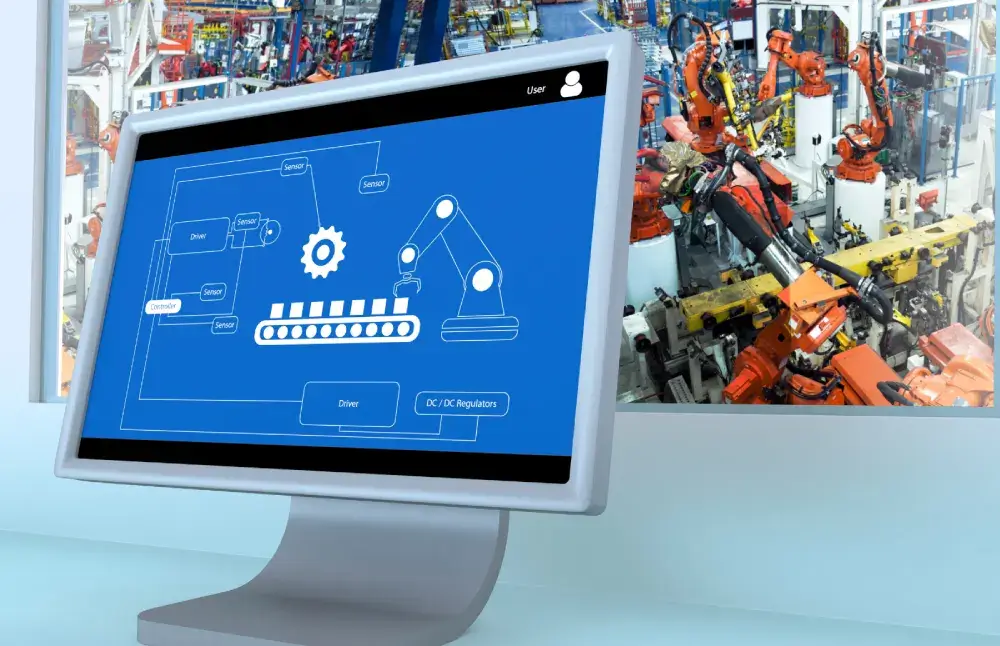Overview
Invoice reconciliation has long been a tedious process, with manual methods often leading to delays and mistakes that complicate the financial closing period. But AI is transforming how it is handled. With AI-powered smart matching, businesses can now reconcile invoices and payments faster and more accurately, reducing errors and freeing up valuable time. This shift is helping streamline financial operations, making the reconciliation process far more efficient and reliable.
The Complexity of Traditional Invoice Reconciliation

How AI Enhances Reconciliation?
Pattern Recognition and Machine Learning:
Machine learning analyzes past payment and invoice data to identify trends such as typical payment timelines, recurring amounts, and common discrepancies. This enables AI to accurately match payments to invoices, even when details are missing or incorrect, like payment references. As the system processes more transactions, it continuously learns and improves, reducing errors and speeding up the reconciliation process over time.
Handling Exceptions
In traditional systems, exceptions like partial payments or payments made under a different name need manual attention, slowing down the process and increasing errors. AI-powered smart matching simplifies this by automatically handling most exceptions, using data like payment amounts, dates, and customer history. For more complex issues, the system flags them for review, letting finance teams focus on the toughest cases.
Faster Reconciliation
In financial processes, time is crucial. Delays in reconciliation can impact cash flow, reporting, and decision-making. AI speeds up invoice-to-payment reconciliation by automating the process, handling large amounts of data quickly and keeping financial records up to date.
Improved Accuracy
Manual reconciliation often leads to mistakes, especially with many transactions. AI systems minimize errors by accurately matching invoices to payments and flagging discrepancies for review.
Scalability
As businesses grow, so do their financial operations. AI-powered systems can easily scale to handle more transactions without losing speed or accuracy, making them suitable for businesses of any size.
Seamless Integration
AI smart matching tools integrate smoothly with existing ERP and accounting systems, automating reconciliation in the background without needing major changes to the current financial setup.

Conclusion
AI-powered smart matching is changing how businesses handle invoice reconciliation by automating manual work, reducing mistakes, and making things more efficient. With machine learning, payments are matched faster and more accurately, and exceptions are handled more easily. AI’s ability to scale makes it a great fit for companies of all sizes, allowing finance teams to focus on bigger tasks instead of routine processes.
Smartbooqing takes this to the next level with its AI-driven e-invoicing solution. It automates the entire invoicing process, offering speed, accuracy, and flexibility. By integrating smoothly with your current systems, Smartbooqing helps streamline financial operations, cuts down on errors, and helps businesses work more efficiently and stay competitive.



